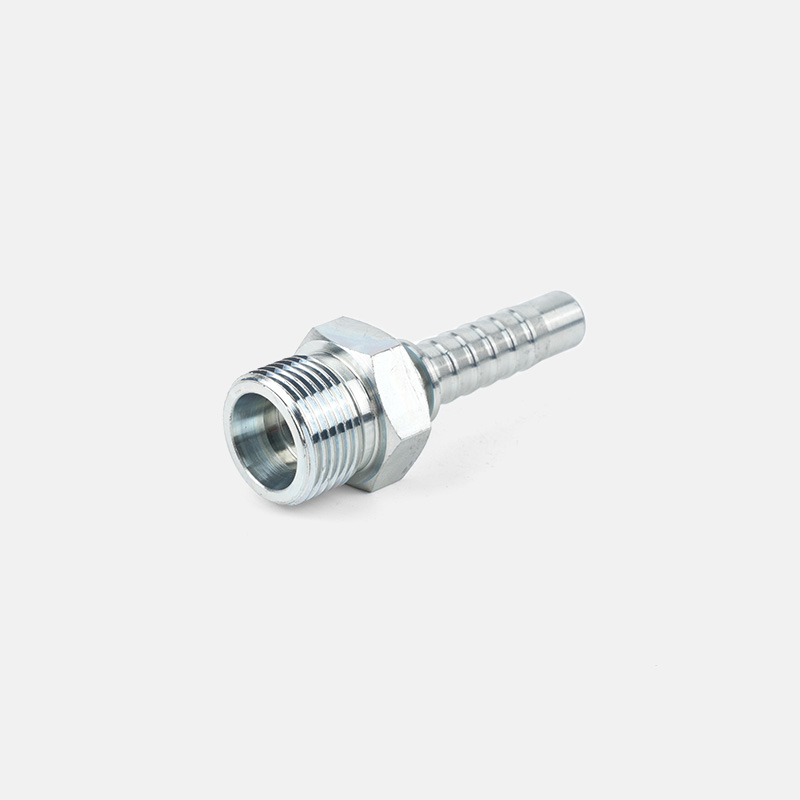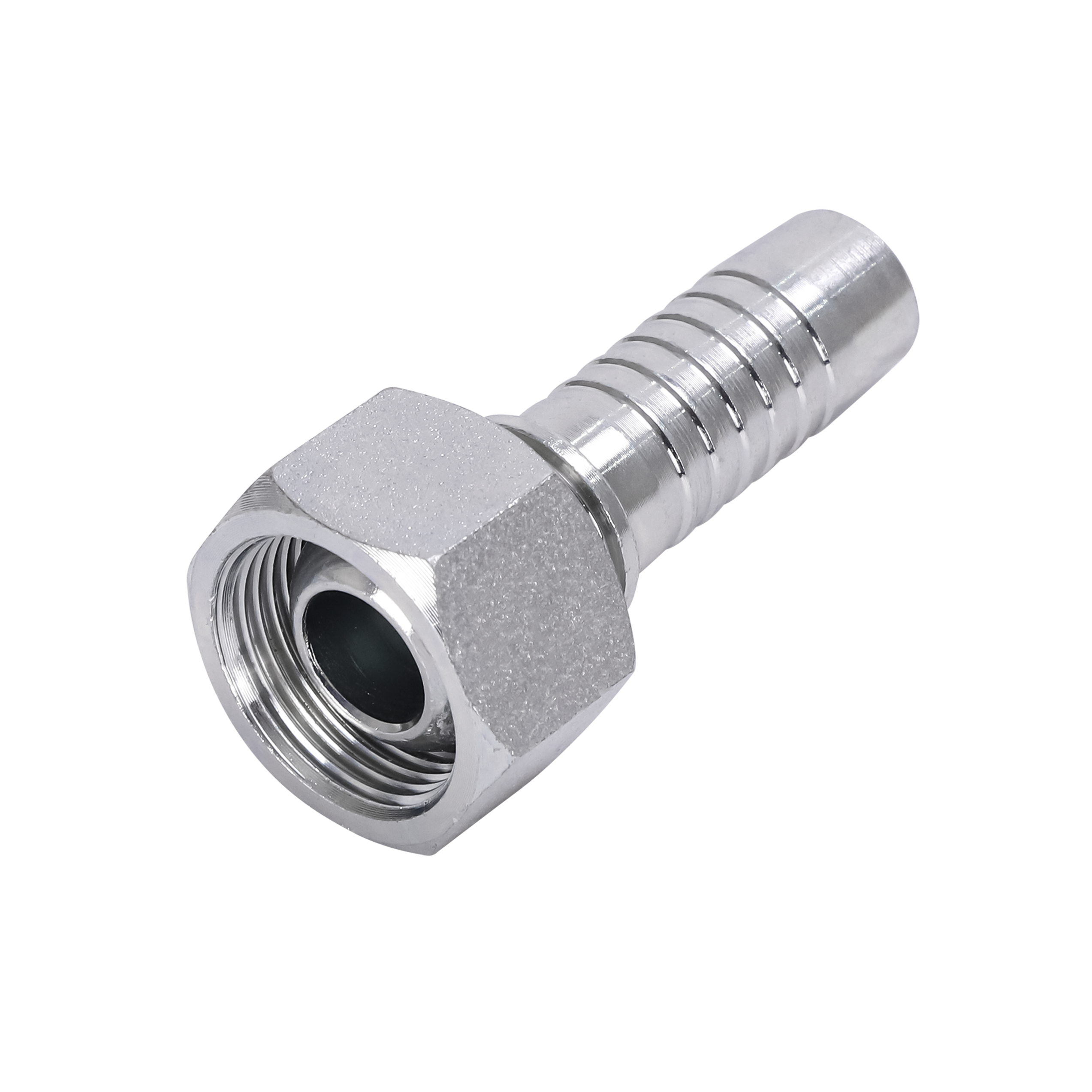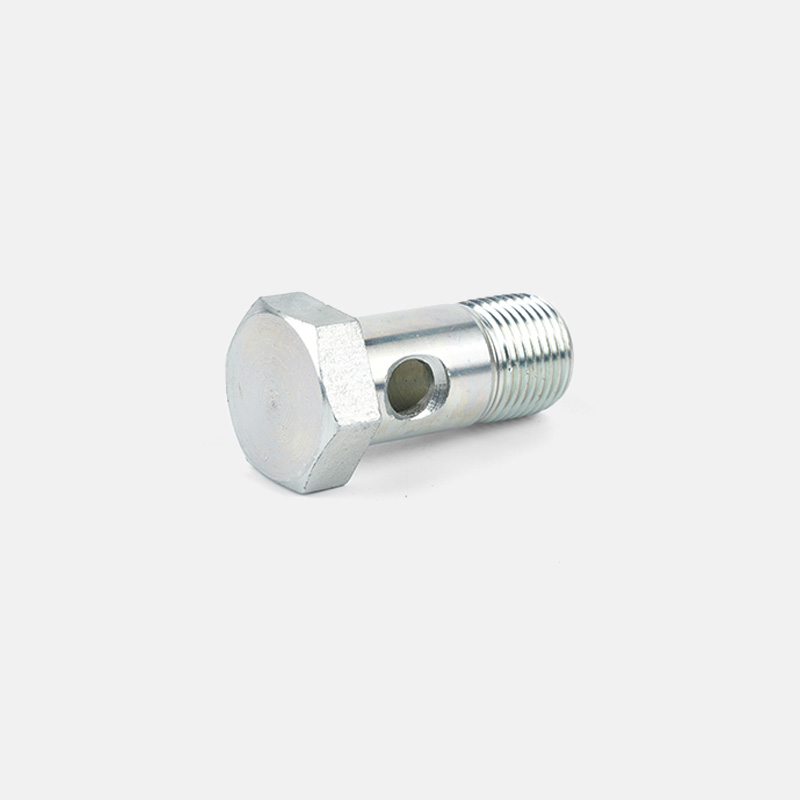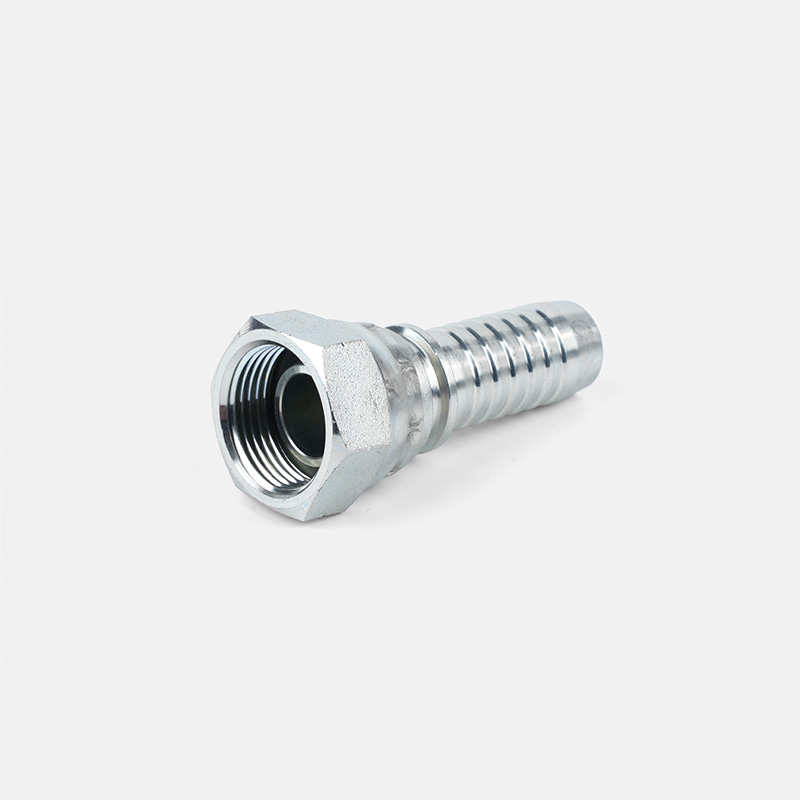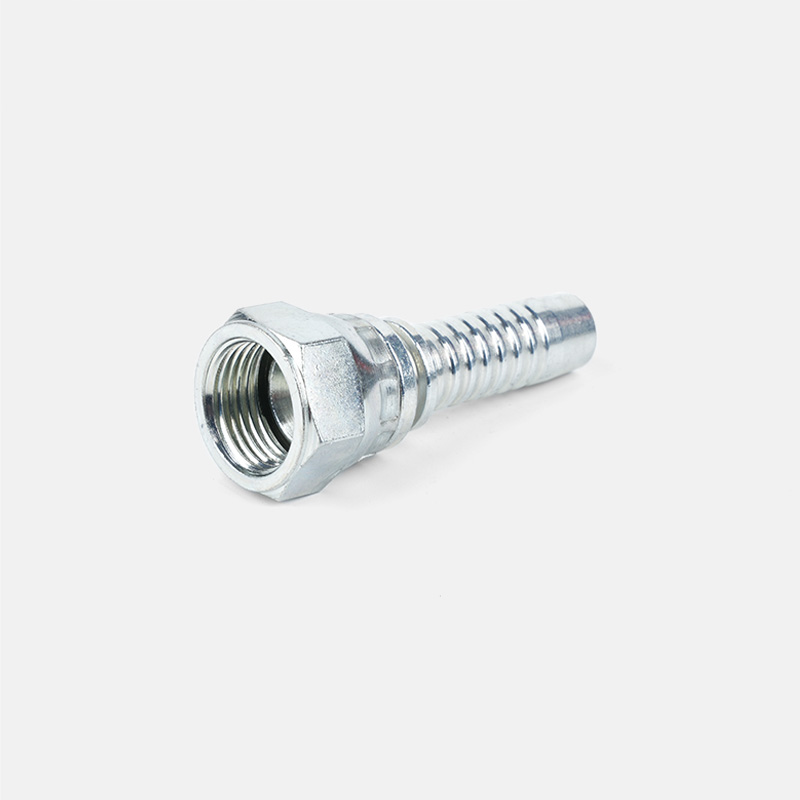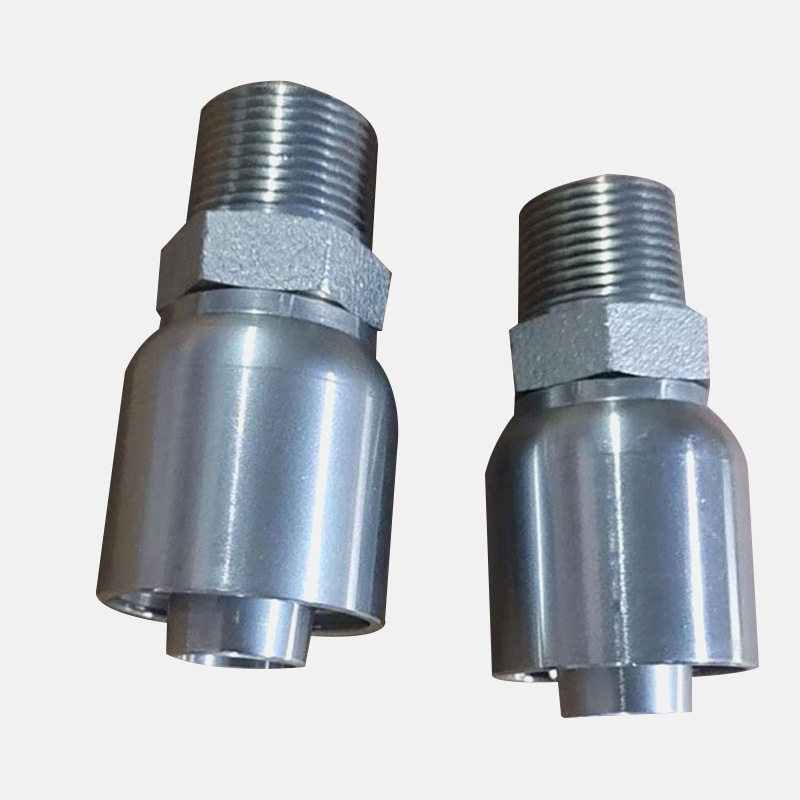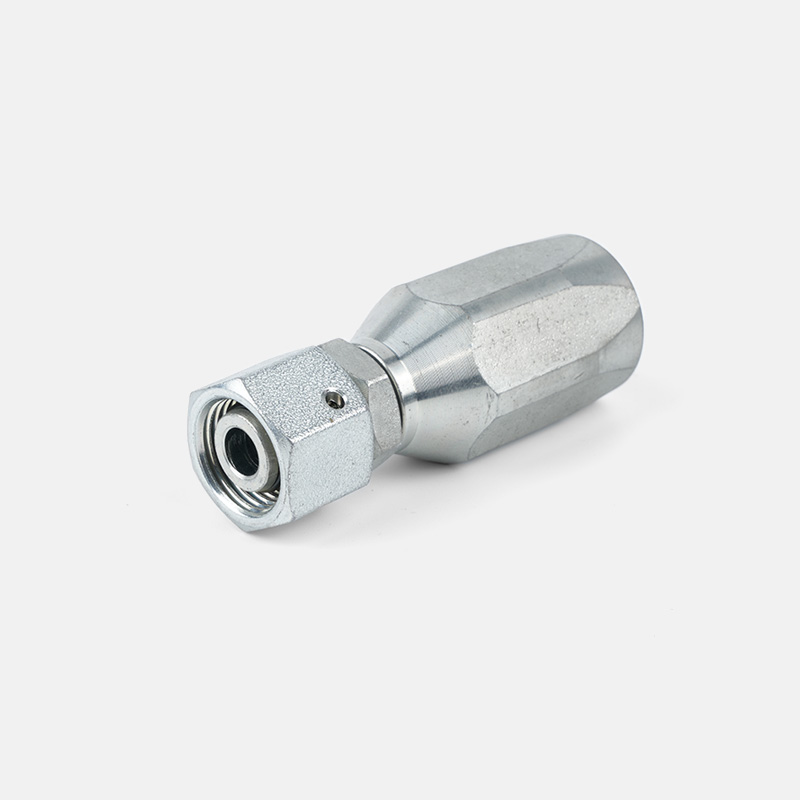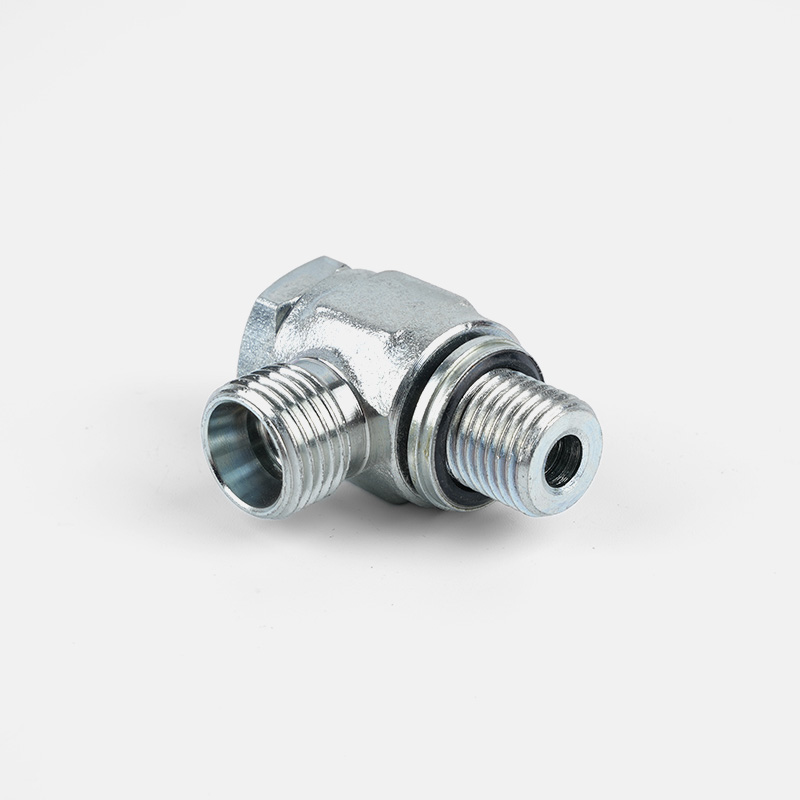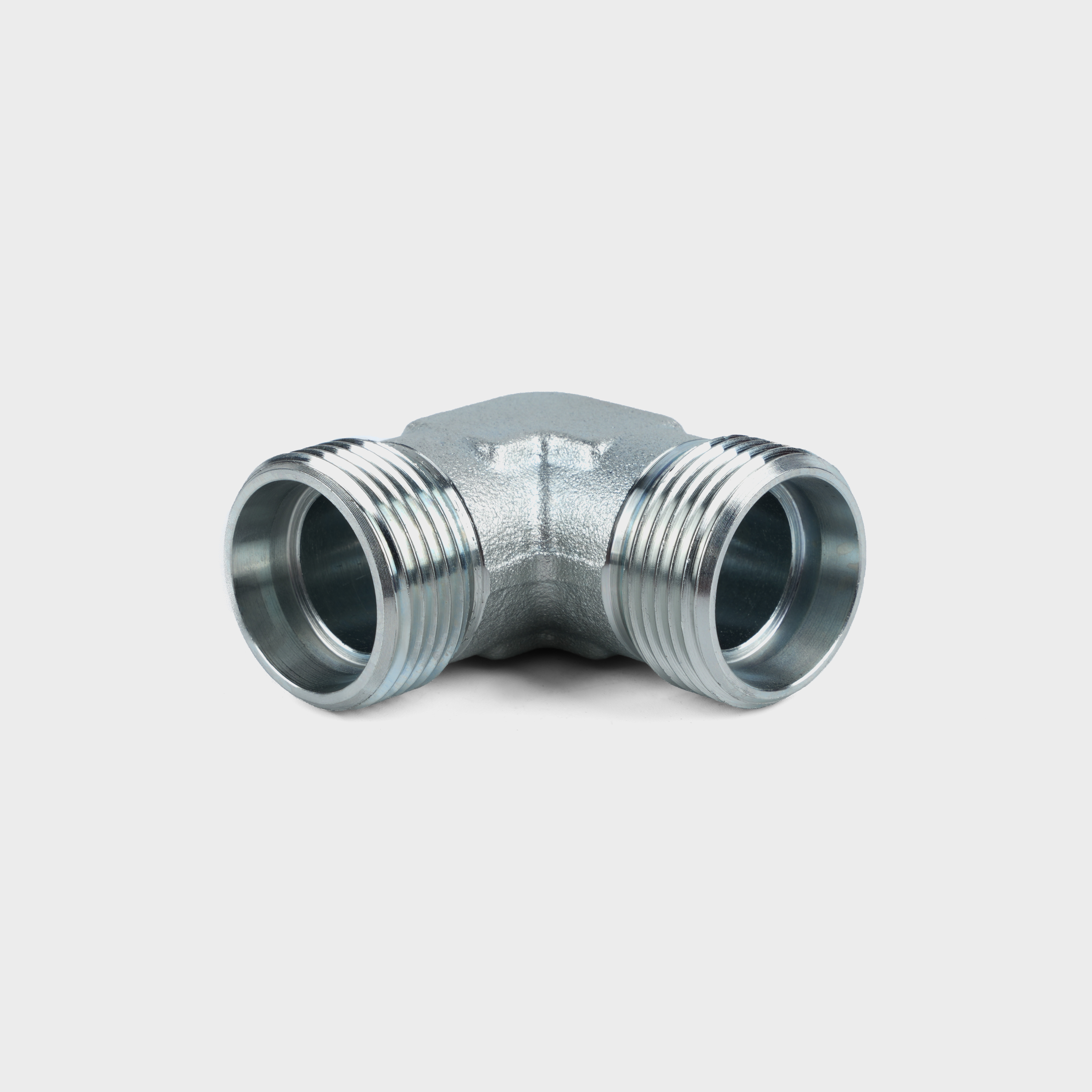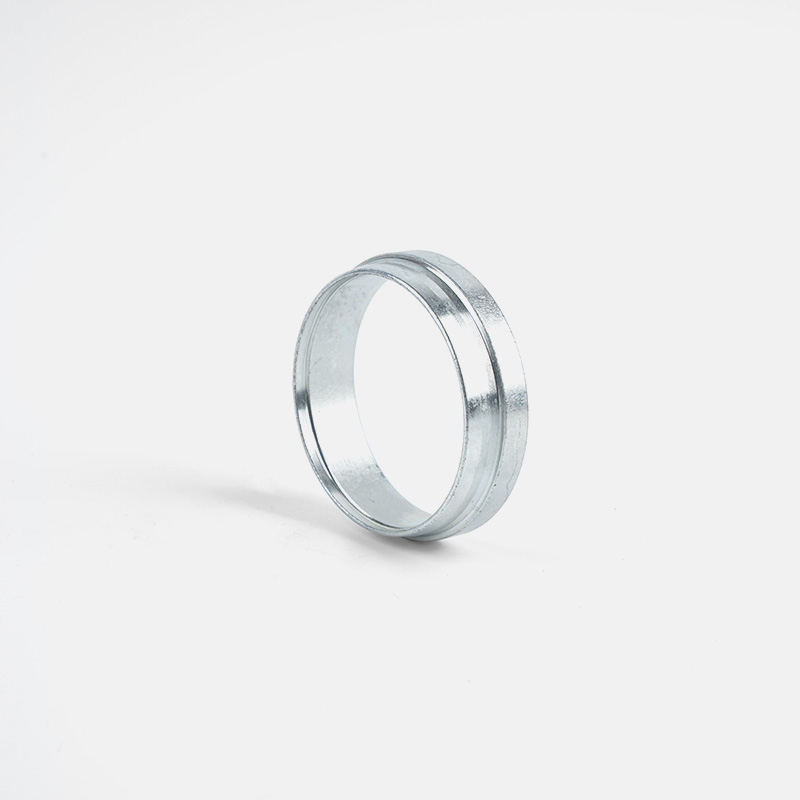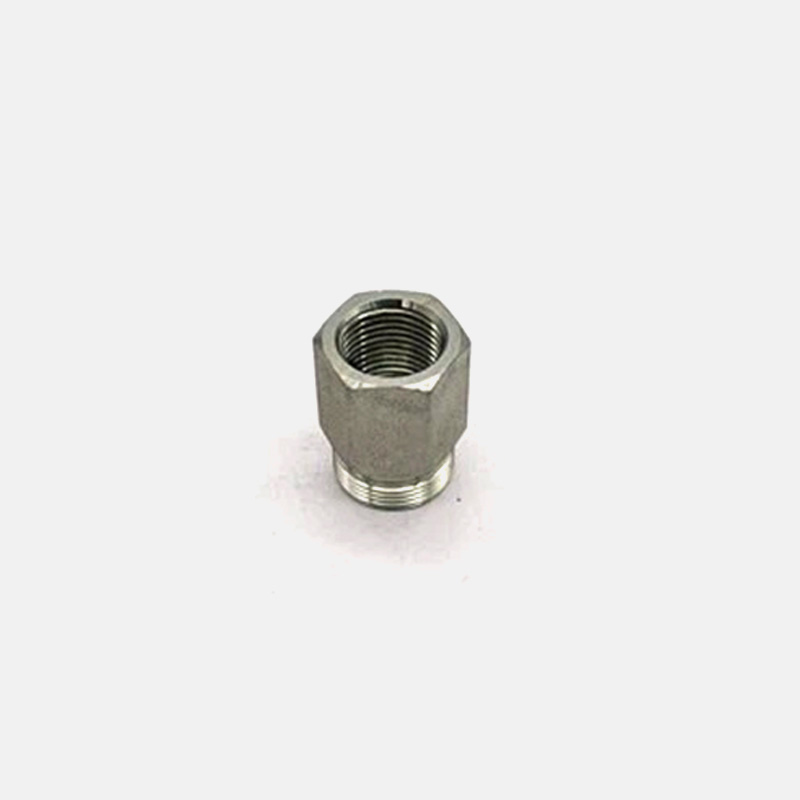Language
ENGHow does the tight sealing performance of a high-pressure hydraulic ball valve improve system efficiency?
 2025.05.12
2025.05.12
 industy news
industy news
The tight sealing performance of high-pressure hydraulic ball valves is very important for improving system efficiency. In hydraulic systems, the quality of sealing performance directly affects fluid leakage, energy loss and system stability. Optimizing the selection of sealing materials is one of the keys to improving sealing performance. High-quality sealing materials such as PTFE (polytetrafluoroethylene), VITON (fluororubber), NBR (nitrile rubber), etc., due to their excellent high temperature resistance, corrosion resistance, wear resistance and other properties, can ensure that the valve still has good sealing performance under high pressure and high temperature environments. These materials can not only prevent fluid leakage, but also maintain a high sealing effect during long-term use, reducing the decline in system efficiency caused by sealing failure.
The processing accuracy and surface treatment of the ball valve are also another important factor in improving the sealing performance. In order to ensure the sealing effect, the sealing surface of the ball valve needs to be precisely processed so that the contact surface between the ball and the valve seat is smooth and flat. Precision processing can ensure close contact between the two, thereby effectively reducing wear on the sealing surface and preventing leakage. During the manufacturing process, modern high-pressure hydraulic ball valves usually undergo special surface treatments, such as nitriding or coating, which can increase the wear and corrosion resistance of the sealing surface, thereby improving the overall sealing performance.
In terms of sealing design, modern high-pressure hydraulic ball valves usually adopt double sealing or enhanced sealing design to ensure that the valve can maintain good sealing even under extreme working conditions. The double sealing design usually includes two sealing surfaces in the valve body, which can effectively prevent leakage. If one sealing surface has a problem, the other sealing surface can still play a protective role. Some designs also allow the valve to maintain sealing when the valve is reversed. Such a design can avoid pressure leakage caused by improper operation, thereby further ensuring the stability and efficiency of the system.
As the use time of high-pressure hydraulic ball valves increases, the sealing material may cause the sealing performance to decrease due to wear or aging. To solve this problem, some ball valve designs allow the sealing to be enhanced by adjusting the pressure or elasticity of the sealing component. This adaptive adjustment design can automatically compensate for the wear of the seal according to the specific needs of the system, ensuring that the valve is always in the best sealing state, thereby maintaining the efficient operation of the system.
The sealing performance of high-pressure hydraulic ball valves is also closely related to the matching of working pressure and flow. In high-pressure hydraulic systems, valves must withstand huge pressures. It is very important to select appropriate valve specifications and ensure that they operate within the maximum working pressure range. If the valve specifications do not match the working conditions of the system, it may cause seal failure or leakage, thereby affecting the overall efficiency of the system. The working conditions of the system need to be fully considered during design and selection to ensure that the valve can maintain good sealing under normal working conditions.
Regular cleaning and maintenance also have an important impact on the sealing performance of high-pressure hydraulic ball valves. Dust, metal particles or other impurities that may exist in the hydraulic system will enter the ball valve, causing contamination of the sealing surface, which will lead to leakage. Regular inspection and cleaning of the valve can remove these contaminants, ensure the flatness and smoothness of the sealing surface, and thus ensure the long-term stability of the sealing performance. Through maintenance, seal failure caused by the accumulation of contaminants can be effectively avoided, further improving the working efficiency of the system.


